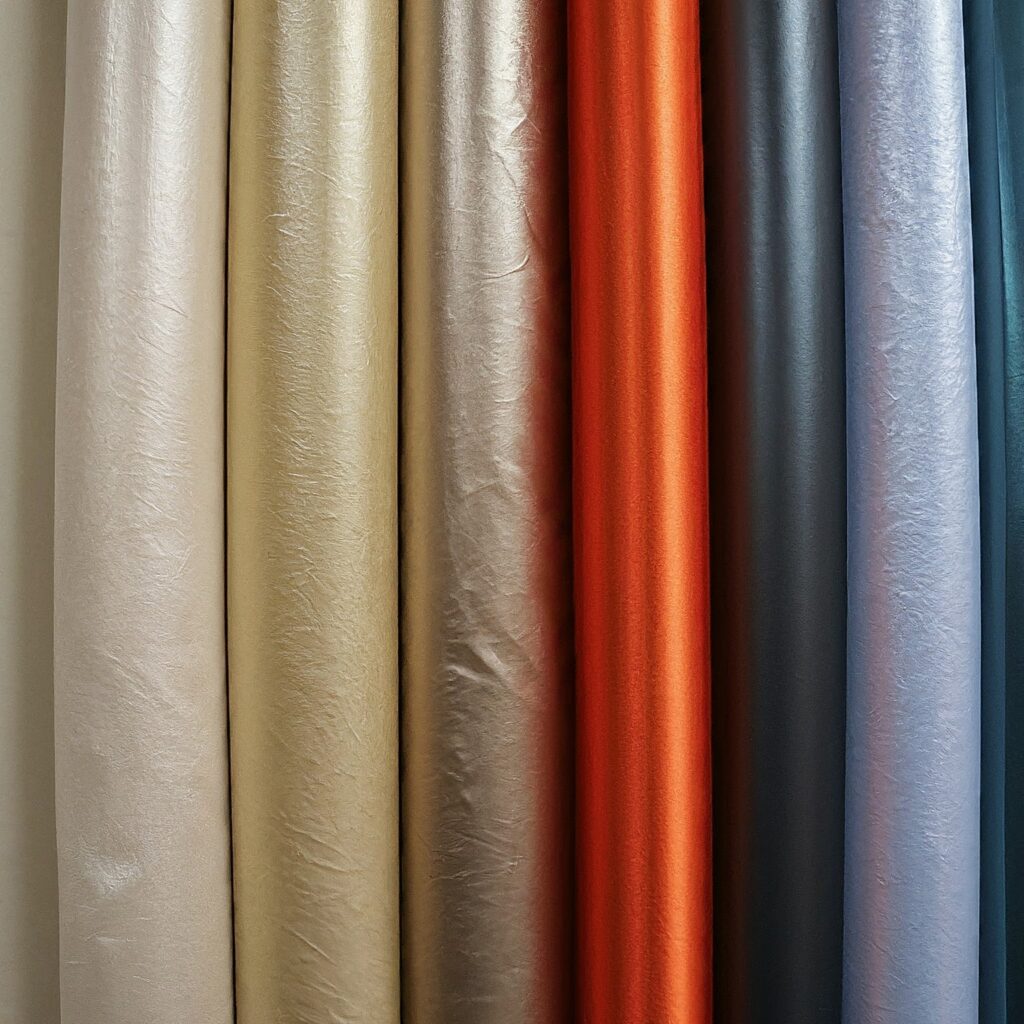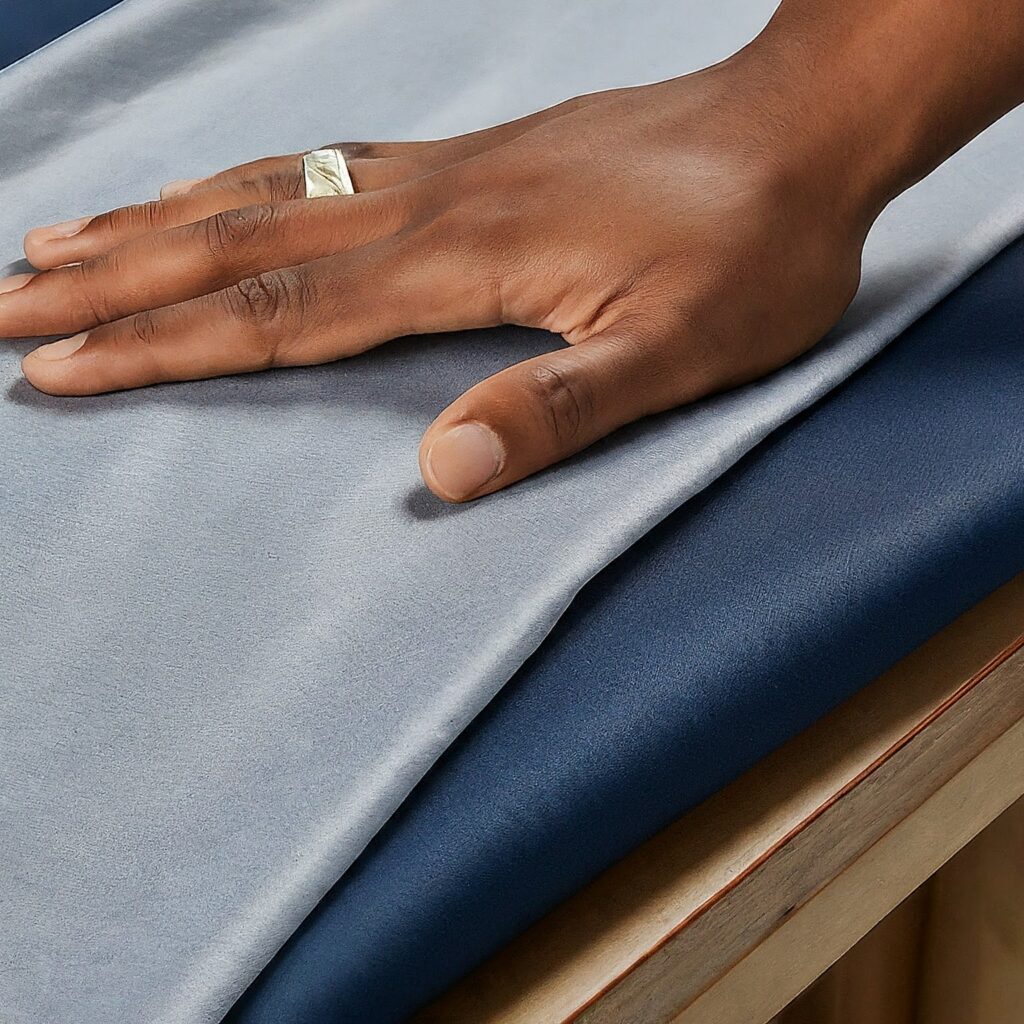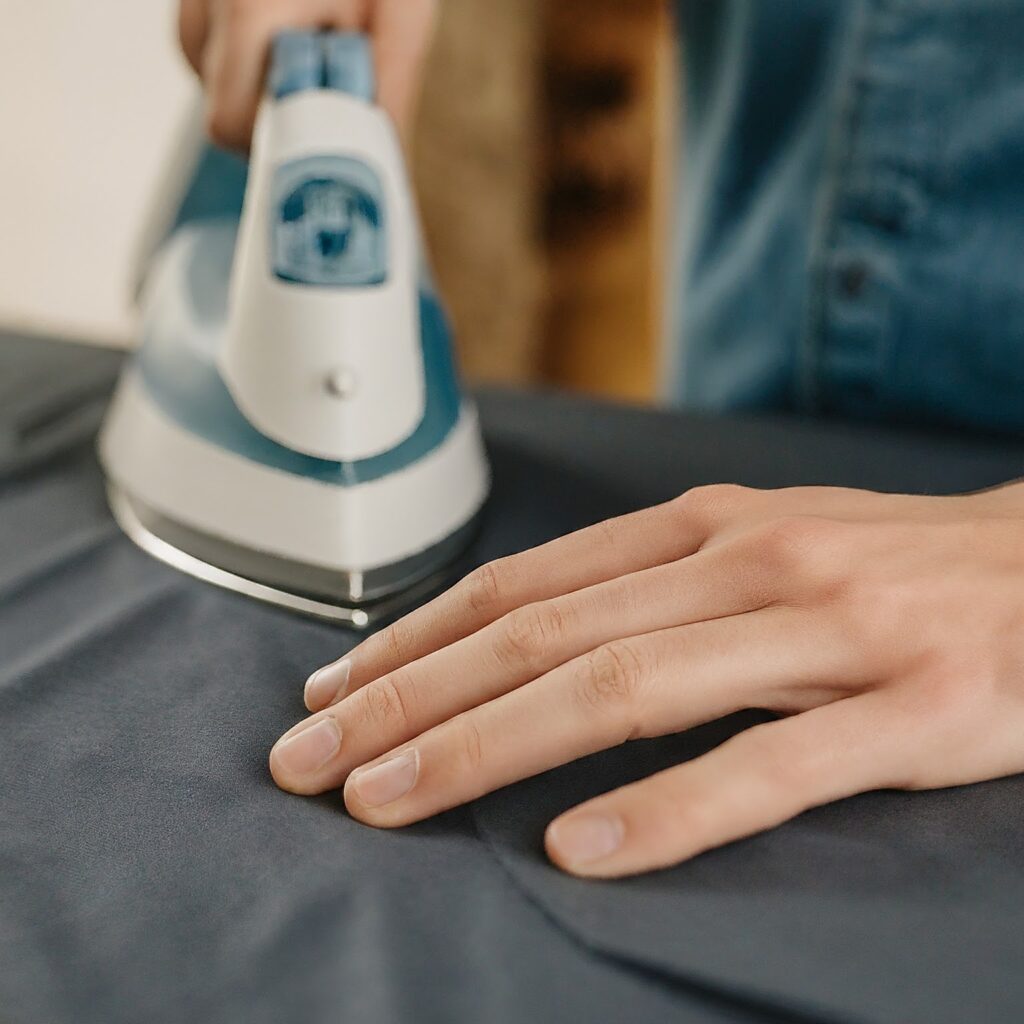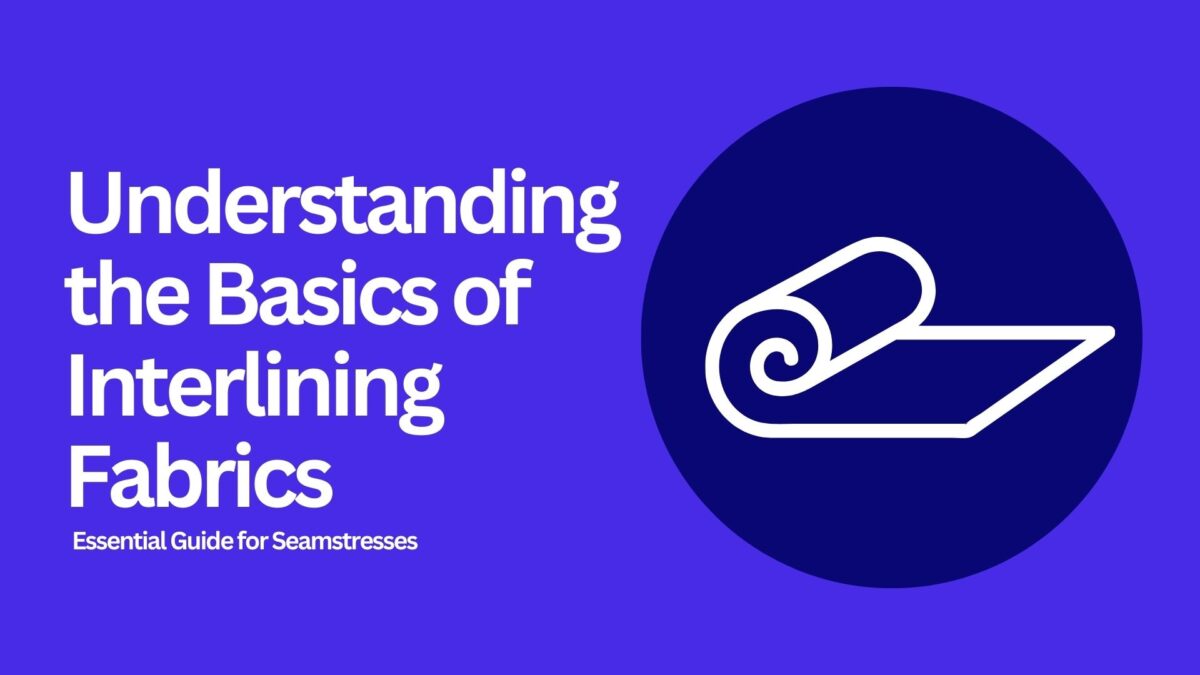Understanding the Basics of Interlining Fabrics: Essential Guide for Seamstresses
If you’re diving into the world of sewing, understanding interlining fabrics is crucial. One such detail that can significantly impact the quality and appearance of your garments is interlining fabric. Interlining, often overlooked, plays a crucial role in providing structure, shape, and durability to your creations. These fabrics are used to add structure, stability, and shape to garments. Whether you’re working on a custom dress or a tailored jacket, knowing how to use interlining fabrics can significantly enhance the quality of your finished piece.
Table of Contents
- What is Interlining Fabric?
- Types of Interlining Fabrics
- Benefits of Using Interlining Fabrics
- How to Choose the Right Interlining for Your Project
- Applying Interlining Fabric
- Common Mistakes to Avoid
- Conclusion

What is Interlining Fabric?
Interlining fabric is a layer of fabric placed between the outer fabric and the lining of a garment. It’s like the secret ingredient that adds substance and support, ensuring your garments hold their shape and maintain their integrity. Think of it as the backbone of your creation.
Types of Interlining Fabrics
Fusible vs. Non-Fusible
- Fusible Interlining: This type has an adhesive backing that bonds to the main fabric when heat is applied. It’s perfect for adding stability and is commonly used in collars, cuffs, and facings. Fusible interlining helps achieve a crisp and durable finish.
Non-Fusible Interlining: This type requires sewing or tacking to attach to the main fabric. It offers flexibility and is often used in garments where you need a softer finish. Non-woven interlining and woven interlining are popular options here.

Woven vs. Non-Woven
- Woven Interlining Fabric: Made from threads woven together, this interlining provides structure and strength. It’s great for adding firmness and is ideal for tailored garments. Woven interlining fabric is known for its durability and crisp finish.
- Non-Woven Interlining: This type is created from fibers bonded together without weaving. It’s softer and more flexible, making it suitable for softer garments and linings. Non-woven fusible interlining provides a smooth, flexible finish.
Specialty Interlining Fabrics
- Thermal Interlining: Used for insulation in outerwear to keep you warm in cold weather.
- Stretch Interlining: Adds elasticity to garments, making it perfect for items that need a bit of give.
- Interlining Fusible: Combines the benefits of fusible properties with specialized features for unique applications.

Benefits of Using Interlining Fabrics
Using interlining fabrics offers several benefits:
- Enhanced Structure: Adds stiffness and shape to garments, helping them maintain their form. Woven interlining and interlining fusible options can provide the exact level of firmness needed.
- Improved Fit: Ensures a better fit by reinforcing areas like collars and cuffs. Fusing interlining effectively addresses fit issues.
- Increased Durability: Strengthens fabrics, making them more resistant to wear and tear. Non-woven interlining adds durability without compromising flexibility.
How to Choose the Right Interlining for Your Project
Choosing the right interlining depends on several factors:
- Fabric Type: Match the interlining fabric with your main fabric’s weight and drape. For example, use lightweight interlining non-woven with delicate fabrics and heavier woven interlining for robust fabrics.
- Garment Type: Consider the garment’s purpose. Tailored suits may need stiffer woven fusible interlining, while casual wear might benefit from non-woven fusible interlining.
- Desired Finish: Think about the finish you want. Fusible interlining offers a crisper finish, while interlining woven provides a softer look.

Tips for Applying Interlining Fabrics
- Test First: Always test the interlining fabric on a scrap piece of fabric to ensure compatibility.
- Use the Right Tools: Invest in a good iron and pressing cloth to apply fusible interlining effectively.
- Follow Instructions: Pay attention to the manufacturer’s instructions for applying and adhering the interlining.
Common Mistakes and How to Avoid Them
- Using Incorrect Interlining: Ensure you’re using the right type and weight for your fabric and project. Understand the difference between woven interlining fabric and non-woven interlining to avoid mismatches.
- Poor Application: Avoid applying fusible interlining without proper heat settings. This can lead to uneven bonding or damage to the fabric.
- Ignoring Fabric Prepping: Always pre-wash and iron your fabric before applying interlining to ensure the best results.

Conclusion
Understanding and using interlining fabrics correctly can make a significant difference in your sewing projects. Whether you’re adding structure to a tailored suit or enhancing the finish of a casual dress, the right interlining fabric can elevate your garment’s quality and durability. By following this guide, you’ll be well-equipped to choose and apply interlining fabrics like a pro, ensuring your garments turn out beautifully every time.
Link of related Articles
- The Role of Woven Interlining in High-Quality Tailoring | Key Benefits & Types
- Interlining Fabric Characteristics | Complete Guide
- Fusible vs. Sew-In Interlining: Which is Perfect for Your Sewing Project?

